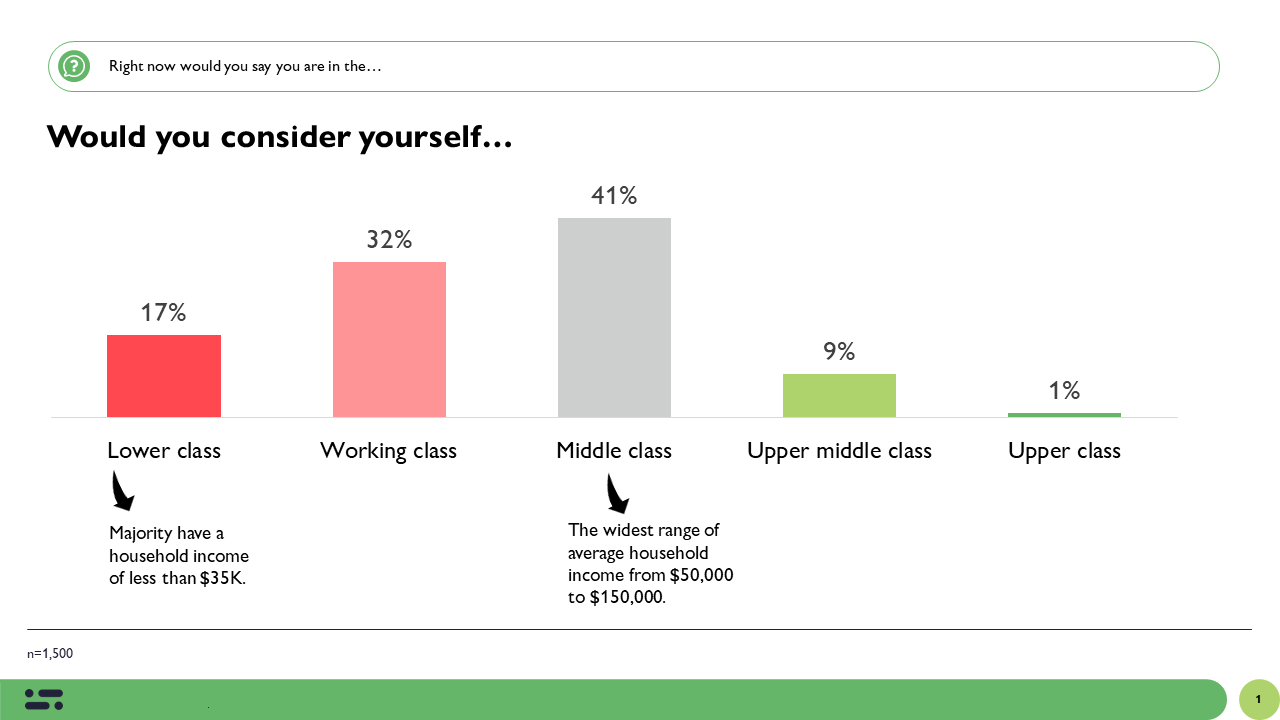What’s the Deal with Meal Kits
September 20, 2018
The meal kit industry has taken off in Canada and is currently valued at more than 120 million in the total global meal kit market of 2.2 billion. Meal kit subscriptions offer convenience, customization, and worry-free meal prep like no other offering in the food industry. The promise of a fresh, quick, and healthy meal delivered to your door with the click of a button is appealing to millennials who are eating it up.
From our research, we found that one in five millennials are either currently subscribed to a meal kit service or have been subscribed to one in the past. Understanding millennials shopping behaviors and preferences is key to understanding why this poor group is willing to hand over their hard-earned cash for kits.

First, the very premise of the meal kit, convenience, is something millennials hold near and dear to their hearts. Especially when it comes to shopping. As digital natives, millennials have grown up with virtually every good and service available with the click of a button on their smart phone. Ease of use and speed are important when making purchasing decisions and meal kits provide this for millennials, in both the ordering process and the product itself. Convenience is also becoming one of the biggest disruptors in the food industry as a whole, and is a driver for purchasing behaviors not just among millennials.
Next, the platform of e-commerce is well understood by the meal kit industry. With beautifully crafted sites full of Instagram worthy food photos, and a simple step by step guide on how the service works, meal kits clearly understand their audience. Customers easily build their ‘basket’ and check out in under 10 clicks. To receive a meal kit, customers also must subscribe and create an account that is linked to their email, where the services can continue to tempt subscribers with more mouth-watering images, and reminders of why they continue to subscribe. Customers are also subscribed to the service on a continuing basis, so as long as a customer doesn’t cancel their account the food continues to conveniently arrive every week.

The ability to make insta-worthy meals using meal kits must also not be downplayed. Millennials are the generation of foodies, eager to order, photograph and consume meals that look more like art than food. Eve Turow, author of, A Taste of Generation Yum, describes food as a ‘social currency’ for Millennials, it’s a way to “demonstrate luxury” and connect with others.
But what about prices? This is by far the biggest barrier for meal kits obtaining millennial customers, and the industry has been called out about the affordability of its products. And, in a study published by Goldman Sachs, millennials valued price more than their older counterparts. Not to worry, meal kit services have also figured out how to avoid this barrier by offering deep discounts for first time subscribers, often with one week of free meals. This discount draws new customers from both within the market, and those thinking of entering. It’s likely this tactic is very effective with millennials as two-thirds are open to switching brands if offered a discount of 30% or more. And with a system where millennials have to opt-out every week, rather than opt in, it’s likely that customers lured into the first-time discount will stick around.
As the industry and concept of meal kits are relatively new, we will have to wait and see if this service is something millennials feel is worthy of their hard-earned money. However, we know that those who are already using it, are extremely happy with the services they provide. Nearly 80% of meal kit subscribers said they were satisfied with their meal kit service. That being said, 13% of those we surveyed had previously subscribed to a kit, and then cancelled their subscription.

If the industry continues to grow, and can keep its customers happy, we think this trend is only set to grow among millennial consumers.



